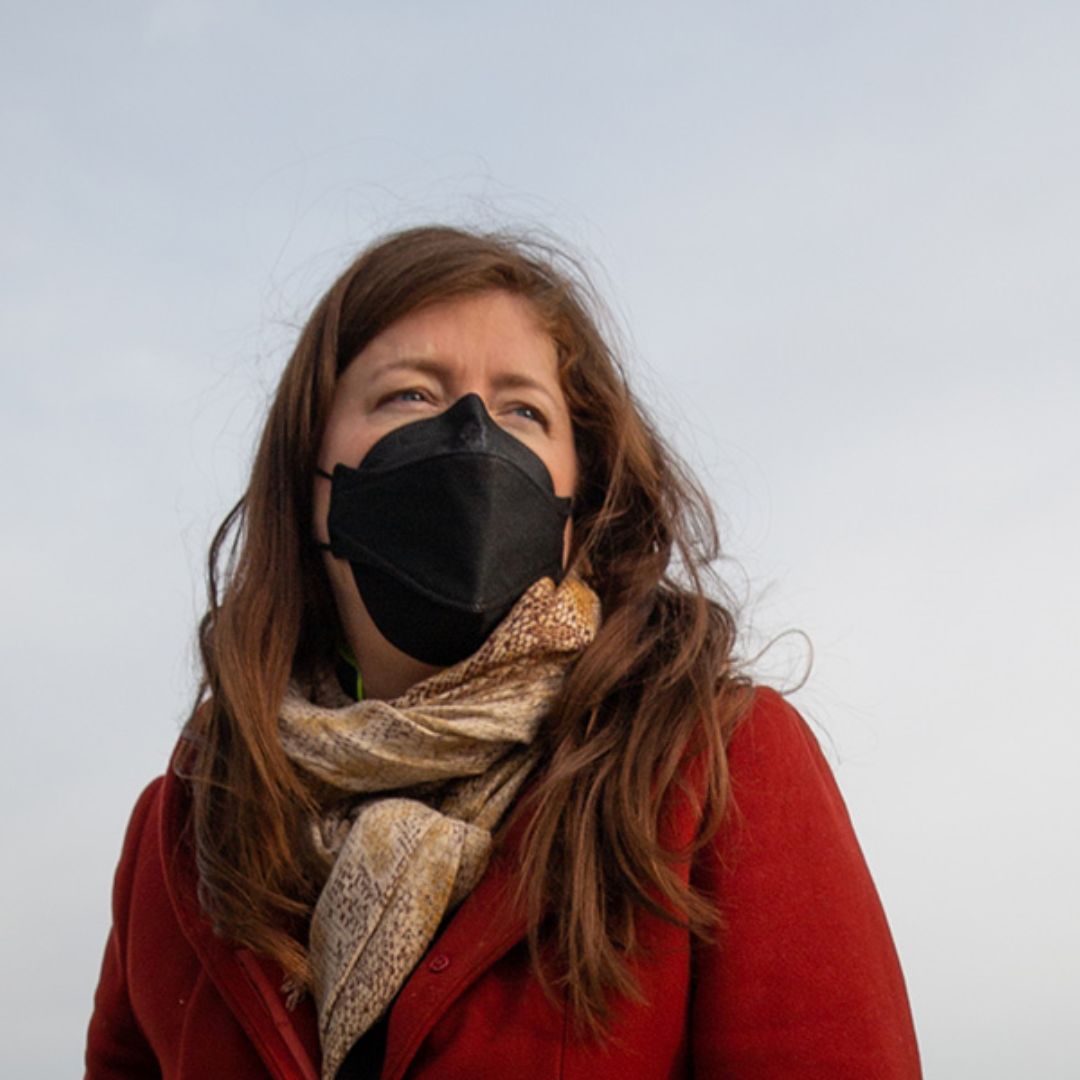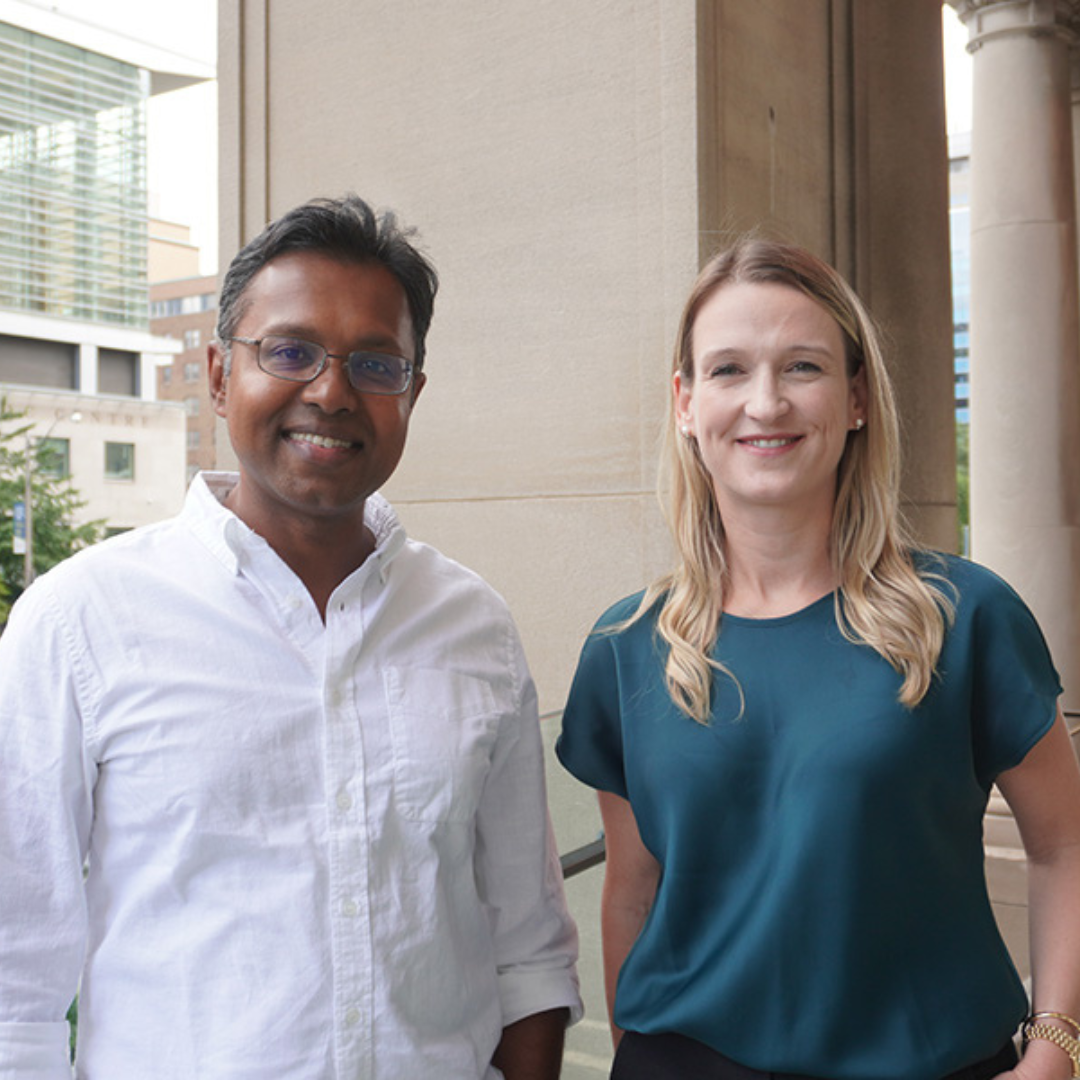Dr. Susy Hota, Medical Director for IPAC and Division Head of Infectious Diseases. (Photo: UHN)
UHN’s hospitals care for some of the most vulnerable patients in Canada. To keep every patient safe, the Infection Prevention and Control (IPAC) team at UHN works tirelessly to prevent the spread of disease, both inside our hospital walls and even in the larger community. Their work touches every part of the hospital, and every stage of the patient journey.
While most of us see the more prominent signs of IPAC’s work – like masking and handwashing policies – from disaster response to advising on clinical cases to research, there is a lot more to IPAC than meets the eye.
1. IPAC helps our hospitals be ready for anything
IPAC’s mandate is to prevent the development and spread of health care-associated infections – any infection that a patient, health care worker or visitor picks up while in the hospital. This includes much more than well-known culprits like COVID-19 or the flu. They can be anything from an infection that develops after surgery to pneumonia that arises because a patient needed support from a ventilator, to the growing problem of antibiotic-resistant organisms and new, emerging infectious threats from other countries.
The IPAC team develops and implements policies to prevent health care associated infections across the hospital, and monitors for any instances where an infection has broken through these defenses. The IPAC team works collaboratively with teams across the hospital, including Environmental Services, clinical teams, Health Services and more to prevent and control the transmission of these infections. Being responsible for preventing so many different types of infections across UHN may sound like a tall order, but for Dr. Susy Hota, Medical Director for IPAC and Division Head of Infectious Diseases (effective June 2023), being ready for anything and everything is part of the job.
2. Every day is different in IPAC
“One of the exciting things about working in IPAC is that things are constantly changing,” Dr. Hota says. While there are some standard patterns to her weeks – like attending meetings with teams across the hospital and even across the country, writing vital guidance and policy documents, and keeping staff informed about any concerns – every week brings something different. In conjunction with her new role as Division Head of Infectious Diseases, Dr. Hota works with teams across the hospital to consult on patient cases, identifying instances when IPAC protocols need to be activated.
Whether it’s a suspected outbreak in a hospital ward or news of an infectious disease outbreak in another country, the IPAC team needs to be ready to pivot their priorities at a moment’s notice.
“If there’s a global infectious diseases trend noted that could affect us, it’s my job as Medical Director in IPAC to curate the information and inform the relevant people in the hospital of what they should be looking out for, what kinds of measures we need to put in place and who to inform if a possible case arose,” Dr. Hota says.
One of the best examples of this was the COVID-19 pandemic itself.
Dr. Hota performs consistent global surveillance for emerging infectious diseases. “During the holiday period, in December 2019, I got an email alert about an undiagnosed cluster of severe pneumonia that was occurring in Wuhan, China,” Dr. Hota says. “This is where the experience and clinical judgment kicks in, because we did experience something similar to this back in 2009, during the H1N1 pandemic. That pandemic also initially presented as a cluster of severe pneumonias, but of course, in Mexico.”
With more than a decade of preparation and experience with previous pandemics like H1N1, Dr. Hota and her colleagues are prepared to spring into action in this exact type of situation. She alerted the emergency department leadership and other hospital leaders immediately, making them aware of what was occurring and sharing recommendations for how to respond. At the same time, she alerted the rest of the IPAC team. “We started dusting off some of the resources we have to guide this kind of thing and then began developing new protocols that we might need to use, based upon the limited information we had about the emerging problem.”
Often, Dr. Hota will spend time in meetings on various topics of interest, such as monitoring an Ebola outbreak underway in Africa, or ensuring UHN hospitals are prepared to deal with emerging or unusual infectious diseases. She also meets with leaders from across the hospital on topics related to their departments. Dr. Hota and her colleagues are involved in writing best practice documents for national, provincial and regional groups. The protocols Dr. Hota and her team have developed and instituted at UHN can have a broader impact at these national tables, informing IPAC guidance across the country and helping hospitals across Canada respond to a challenging and rapidly-changing IPAC landscape.
3. IPAC research covers everything from masks and gloves to new disease treatments
The IPAC team is always working to improve how hospitals respond to infectious diseases and prevent infections.
In recent years – accelerated by the COVID-19 pandemic – infection control specialists around the world have been working tirelessly to improve the available evidence around core IPAC practices like isolation protocols and the types of personal protective equipment (PPE) that are recommended for different situations. Dr. Hota has made it a priority to disseminate knowledge that the team accrues through their experience, research studies and quality improvement initiatives. The team has published articles on a number of topics including hand hygiene and the use of electronic monitoring.
This research also extends to researching new treatments for hospital-acquired infections, and exploring ways to tackle growing concerns that are expected to be major challenges in the future, such as antimicrobial- and antibiotic-resistant infections.
4. The IPAC team always has an eye on the future
While they deal with the challenges of today, Dr. Hota and her colleagues in IPAC are always preparing for the future. One of the biggest things on the horizon is the health care system’s recovery from the COVID-19 pandemic.
“A lot of innovation is going to happen in the next ten years. We will have new scenarios that we have to build IPAC programs around and different kinds of clinical services offered to patients that present new IPAC challenges; at the same time, we still have to deal with old issues that remain and in some cases have worsened over the course of the pandemic,” Dr. Hota says.
One thing the COVID-19 pandemic has demonstrated is the importance of global infectious disease surveillance, and the reality of emerging infectious diseases. “These events will continue to occur. Changes in patterns of infectious diseases will continue to manifest as things like climate change accelerate. So we have to be prepared to deal with infections that we have never seen and managed before,” Dr. Hota says.
That is why, even as we continue to recover from the COVID-19 pandemic, the IPAC team is already busy preparing for the next viral threat. From looking at upgrades to technology and infrastructure to cutting-edge research to policy development, the IPAC team are preparing for future challenges from many different angles.
Dr. Hota says, “There’s always innovation in health care. The technologies are changing all the time. And so, I think that will also continue to change the way we do infection prevention and control.”


